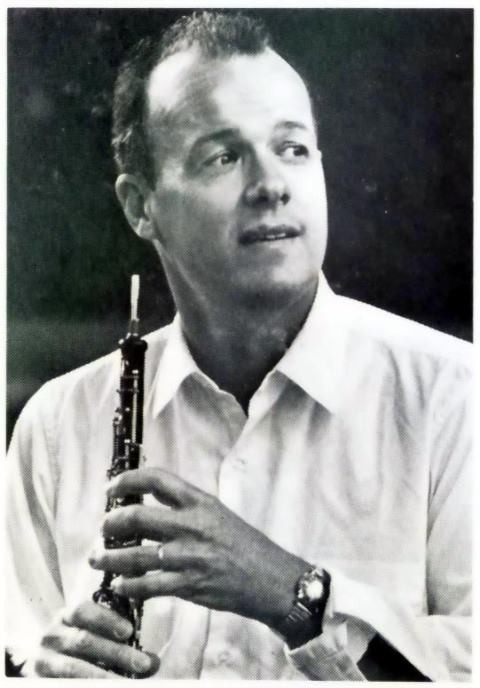John de Lancie, a name synonymous with oboe virtuosity and profound musical influence, was born on July 26, 1921. As a celebrated American oboist, educator, and conductor, his contributions to the world of classical music are immense and continue to resonate today. This commemoration of his birthday offers a glimpse into the remarkable life and legacy of John de Lancie, particularly his pivotal role in the creation of Richard Strauss’s iconic Oboe Concerto.
De Lancie’s journey in music led him to become one of the most distinguished oboists of the 20th century. He held the esteemed position of principal oboist with the Pittsburgh Symphony before moving on to the legendary Philadelphia Orchestra, solidifying his reputation as a leading orchestral player. Beyond performance, John de Lancie dedicated himself to music education, serving as Director of the Curtis Institute in Philadelphia, a prestigious institution that has nurtured countless musical talents. He further enriched the musical landscape through his later work at the San Francisco Conservatory, where he shared his expertise and passion with a new generation of musicians.
 American Oboist John de Lancie | The Great Courses – The Concerto
American Oboist John de Lancie | The Great Courses – The Concerto
However, John de Lancie’s legacy extends beyond his performance and teaching career. A fascinating anecdote reveals his direct impact on the composition of one of the most beloved pieces in the oboe repertoire: Richard Strauss’s Oboe Concerto in D Major. The story unfolds in post-World War II Bavaria, where Strauss was residing in his Garmisch villa, within the American zone of occupation.
In an extraordinary turn of events in April 1945, a young American officer, John de Lancie, then serving in military intelligence, found himself near Strauss’s residence. Prior to his military service, de Lancie was already an accomplished oboist. Learning of Strauss’s presence, he visited the composer, introducing himself and initiating a conversation that would have lasting musical repercussions. During one of these visits, de Lancie, with the boldness of youth and the passion of a musician, inquired if Strauss had ever considered composing an oboe concerto. Strauss’s initial response was negative, seemingly dismissing the idea.
Yet, six months later, the music world was surprised and delighted by the publication of Strauss’s Oboe Concerto. The autograph score bore a simple but telling inscription: “Oboe Concerto/1945/suggested by an American soldier.” This “American soldier” was none other than John de Lancie. This incredible story not only highlights de Lancie’s influence on a musical giant but also adds a captivating layer to the history of this magnificent concerto.
To delve deeper into this fascinating story and hear excerpts from the Strauss Oboe Concerto, consider exploring resources like Lecture 12 of “The Concerto” from The Great Courses. John de Lancie’s life and his serendipitous encounter with Richard Strauss serve as a testament to the profound and often unexpected ways in which musical masterpieces are born. His contributions as a performer, educator, and muse solidify his place as a significant figure in 20th-century music history.
